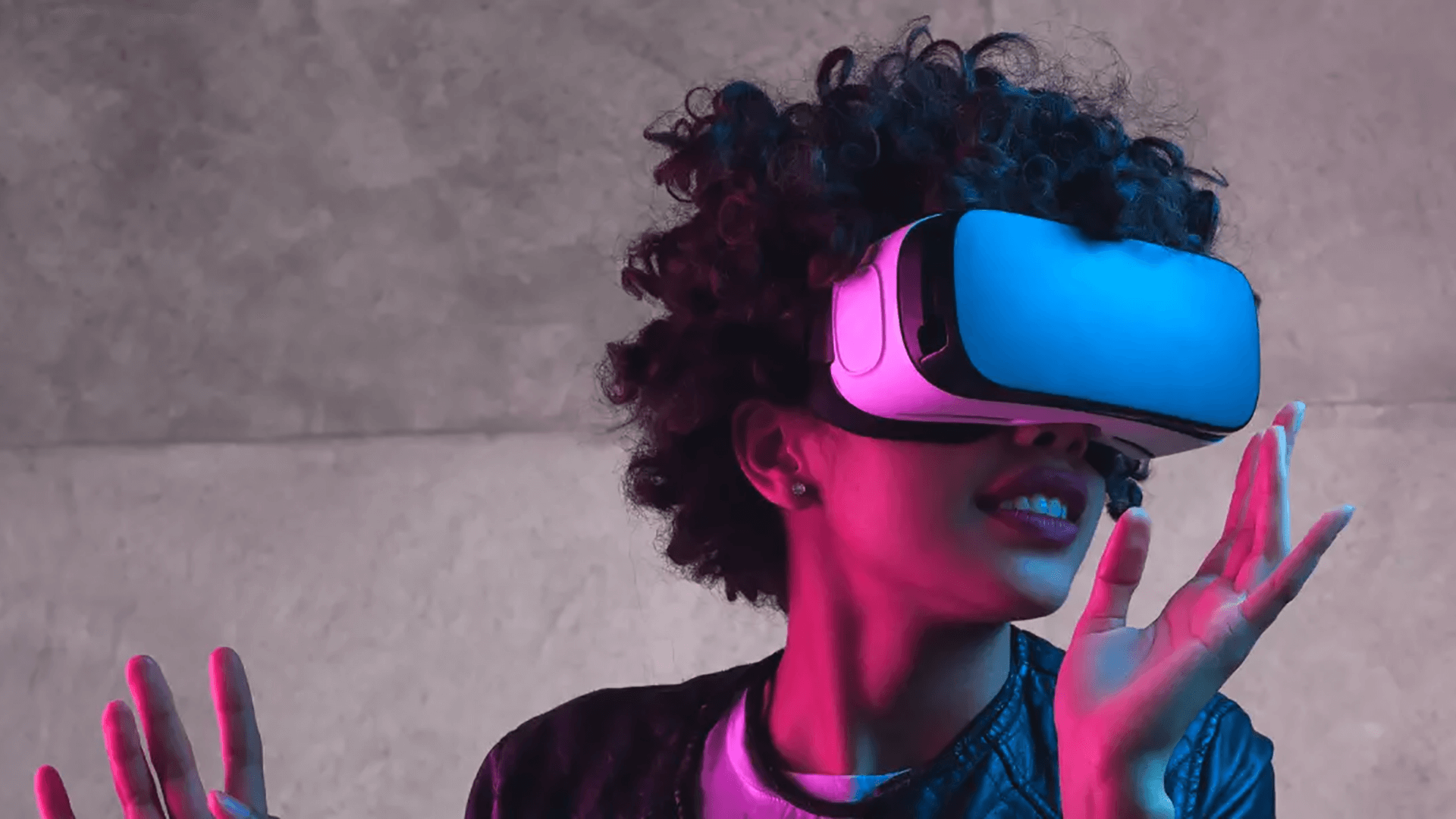Creating customer loyalty with CX and a focus on relationships

How do you build a loyal customer base? There are many angles to this question, and it can change a lot, depending on the industry you are focusing on. For example, how do you build loyalty when selling insurance? Today, most insurance customers want the lowest cost policy found using a price comparison engine. They only interact with the company when they need to pay for a policy, or they have a problem - so a claim needs to be processed.
That makes it quite difficult to build loyalty. Some smart insurance companies are doing that by building the opportunity to interact with the customer more often - inserting their services into the lifestyle of the customer.
This is an important lesson for other industries, such as retail. Even an industry with few customer touchpoints is finding ways in which they can interact and create an impression that this is a useful service - it’s worth continuing to pay for this.
In retail, there are endless online guides and opinions on creating loyalty. Some suggest loyalty rewards and points, an easy checkout experience, sending birthday emails, ensuring that customers feel appreciated - the list goes on.
All the above applies, however as the insurance examples suggest the real driver of customer loyalty is customer experience. How do customers feel about your brand when they need to reach out with a problem or question?
This can drive an extremely negative response if you don’t handle it well. In research from 2021 that surveyed almost 2,000 consumers, it was found that 44% would not even bother trying to buy a product if they could not find information online - this increases to 50% in Gen Z. Also, at 44% the number of customers that don’t bother telling the brand they have a complaint - they just never come back. 73% of consumers will ghost a brand after a maximum of three negative experiences.
Personally, I wouldn’t wait for three bad experiences with a retailer before never returning. Most would be lucky to get a second chance.
Forbes has argued that we can drive loyalty by creating more customer surprise. I think that surprise gets harder and harder to deliver as customer expectations increase. Look at the experience of ordering an Uber, knowing where it is and how long it will take until it arrives, compared to the old days of walking in the street in the rain trying to hail a cab. It was a delight to use this new method of calling a cab until we all got used to it.
I think there are really two elements to loyalty that are the core strategies any brand needs to focus on. The first is to deliver a great customer experience, especially when the customer is initiating contact because they need help. Make sure it’s easy to find that help and issues can be resolved quickly. Even angry customers can become loyal supporters if they find that their problems are easily resolved.
Second, focus on building a relationship. This isn’t just about offering some points on a loyalty card. Build a closer connection and offer customers a closer bond than they can get from an alternative brand. Companies like Amazon and Walmart already know this - their Prime and Walmart+ memberships create a next-level connection between the brand and customer that almost guarantees loyalty.
If you are offering a genuinely better experience to loyal customers, then you can create a feedback loop that drives loyalty. The more loyal the customers are, the better the experience they have, and so on.
Published first on Linkedin by Katrin Langley, May 2022.